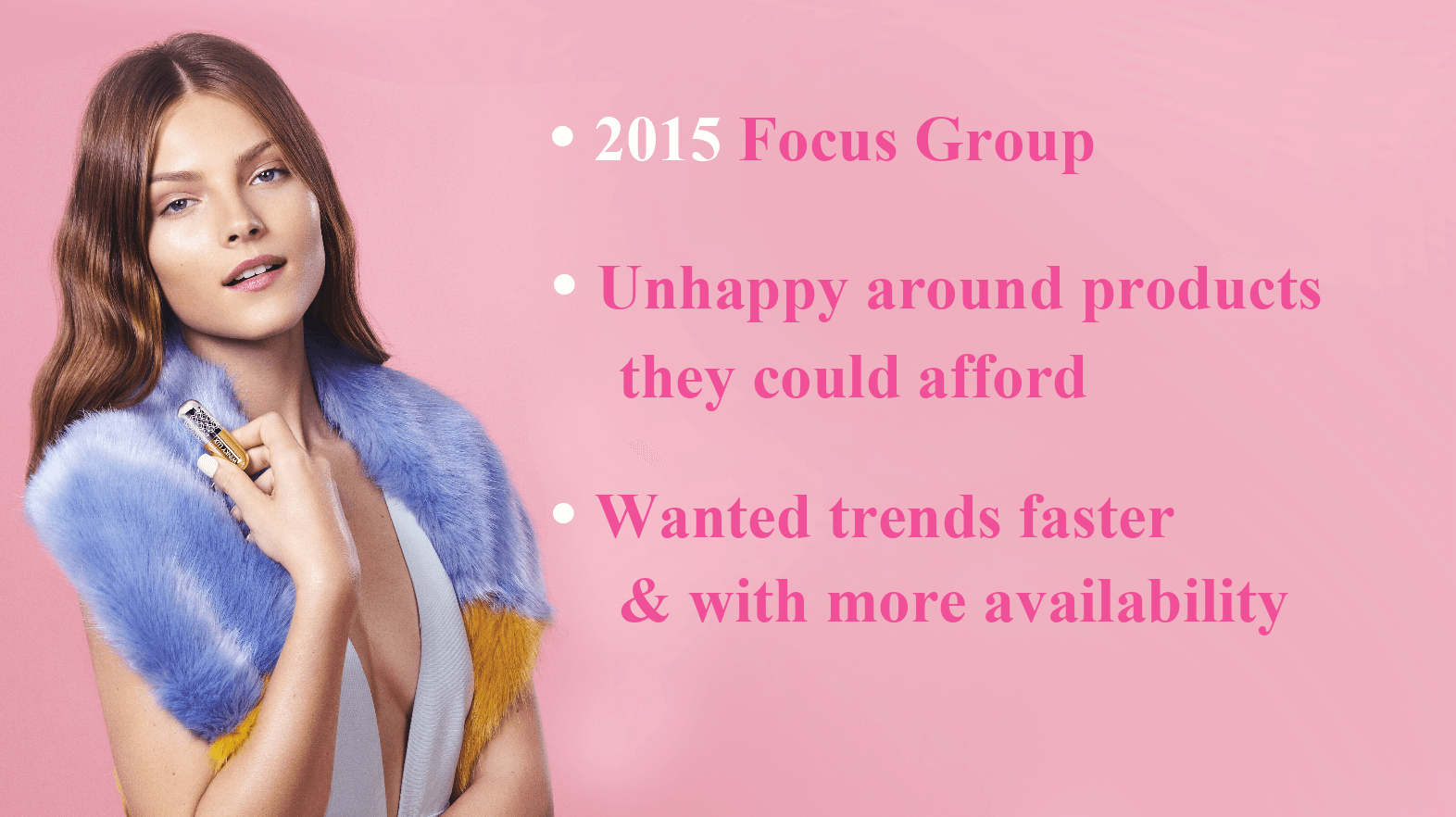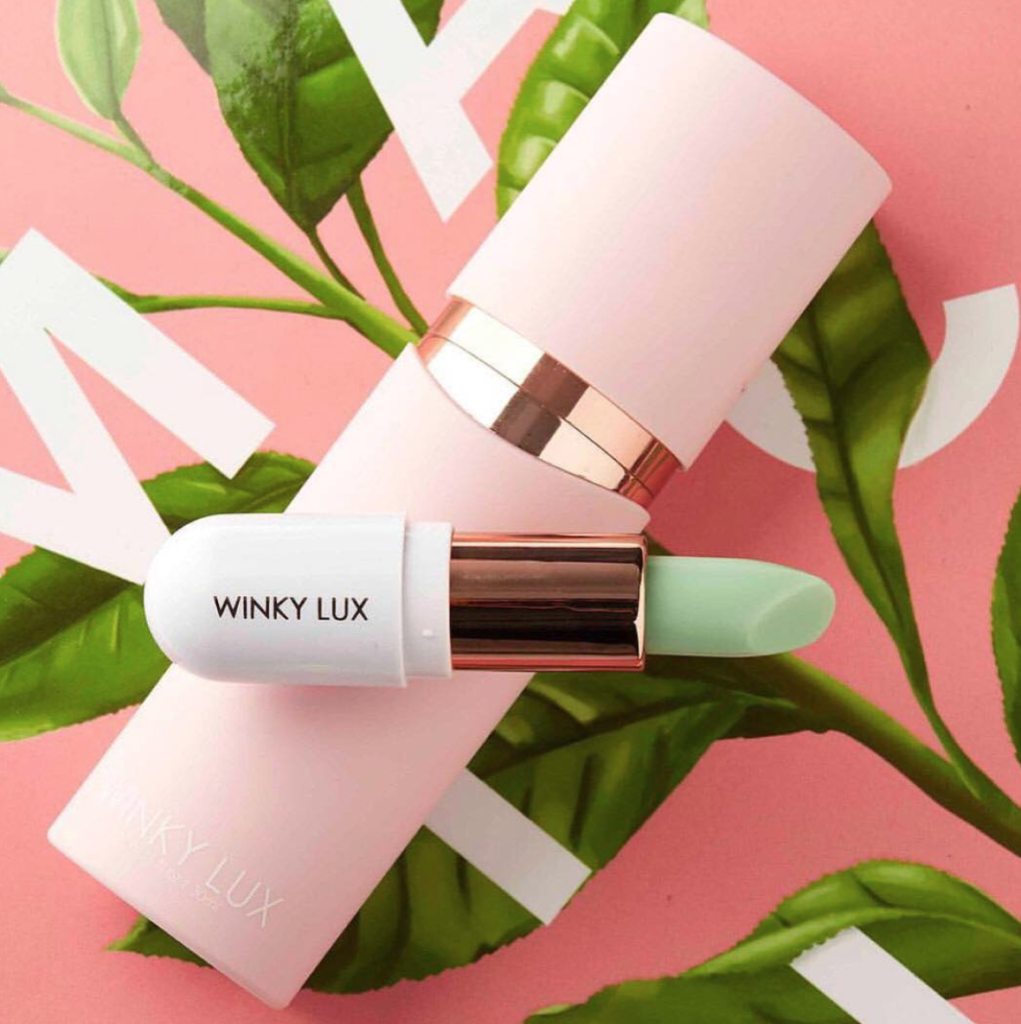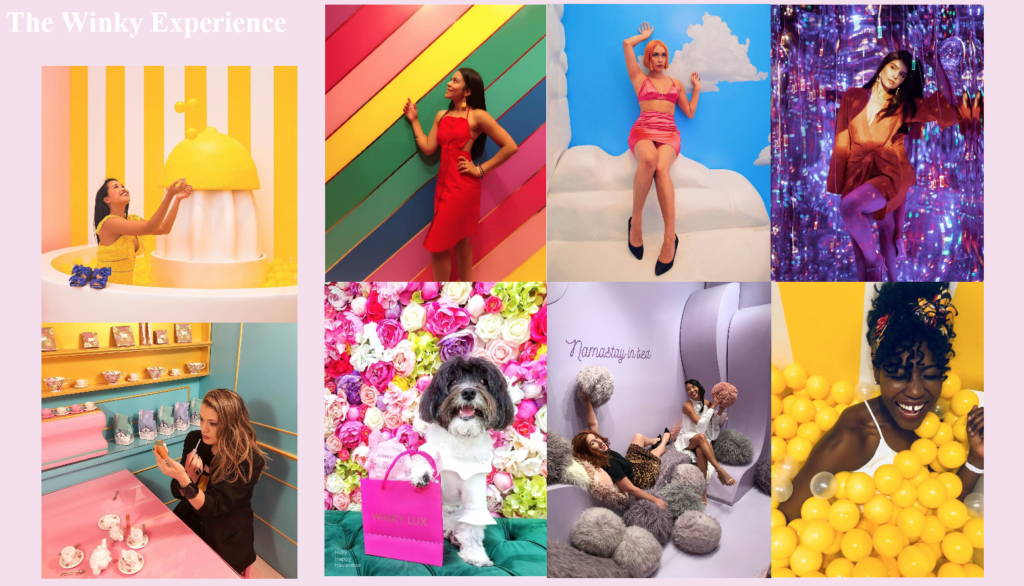Winky Lux is the ultimate Instagram beauty brand: Their iconic Flower Balm lip gloss, flashy highlighters, and whimsical makeup kits have captured a generation of young women and their social feeds. But the secret to their growth — and the collective $8 million they’ve raised in funding so far — goes well beyond Instagrammable products and the catchy #ItsaWinkyWorld hashtag.
Winky Lux Brand Marketing Director Kate Fernandez revealed how they’ve managed to create such a buzz in the crowded color cosmetics market at the last Glossy Forum, and we’re sharing her talk in this post.
Understanding the Winky Lux girl
The unique advantage of direct-to-consumer brands lies in their uninterrupted connection with their customers. Kate shared that around the time of the brand’s launch in 2015, the Winky Lux team held a focus group to understand their demographic’s pain points and ensure that the business they were building would cater precisely to their customers. They quickly learned that their customer profile was typically unhappy with the products they could afford, and they wanted to get their hands on trendy products faster.

In addition to the need for luxury and quick access, the Winky Lux girl had other key characteristics that would continue to guide the brand moving forward:
- Social media savvy – 60% of customers discovered the brand via social
- All about aesthetics – 53% of customers say Winky Lux’s packaging sets them apart from other brands
- Animal-friendly – 49% of customers choose Winky Lux because of its cruelty-free policy
Moving faster than Millennials
Winky Lux pays close attention to what their customers say, but they’re also lightning quick to act on it. They recognized the beauty sector’s need for speed and went as far as developing proprietary supply chain technology that allows them to go from concept to product in a 45-day cycle. Beating the industry standard of up to a year lag from idea to production, this unique fast beauty manufacturing cycle puts Winky Lux in a class of its own when it comes to catering to trend-focused Millennial and Gen-Z beauty shoppers.
While the supply chain technology is what gives Winky Lux a go-to-market edge, their trend-spotting capability relies on a deep relationship with their customers. They “listen” to popular topics and feedback on social media, conduct regular surveys, and hold focus groups to understand what their customers are looking for. Once they know what’s trending, they’re able to create it before their target audience moves on to the next big thing.
Earlier this year, they found that everyone on social was talking about green tea matcha. Within 45 days, they created and released a best-selling Matcha Lip Balm, with more than 15,000 units sold in the first three months.

For lean direct-to-consumer teams, the type of granular trend-tracking required to source relevant product ideas can be too resource intensive. That’s why Kate highlighted the importance of investing in eCommerce tools that allow the brand to easily and quickly see what customers are saying.
The future of beauty retail: Inspiration, connection, shareability
With the shift towards brick-and-mortar, direct-to-consumer brands have to bring the same creativity and differentiation that they cultivate online into their physical stores and pop-up shops.
To make an impact, even fast beauty retailers need to create in-store experiences that inspire, connect, and are inherently shareable. Winky Lux’s “Winky Experience” includes seven super Instagrammable rooms that celebrate unique products and create magical moments for visitors. The whimsical designs inspire customers and prompt a connection to the brand, and the colorful, creative surroundings make sharing on social a no-brainer.

As Kate explained it, creating an experience that visitors are excited about showing off gives brands the opportunity to compete with paid ads and influencer posts, which are becoming increasingly expensive. Setting up your in-store experience for social virality pays off in shares down the road — and the people sharing will naturally have like-minded friends on social who can quickly become new customers.
Conclusion
Building a fast beauty brand is not just about the speed of your product cycle. As with any direct-to-consumer brand, your customers are your best asset. Their feedback should guide your focus and be a driver for decisions as you grow, helping you develop your brand values, service, products, brick-and-mortar strategy, and more.














 Join a free demo, personalized to fit your needs
Join a free demo, personalized to fit your needs